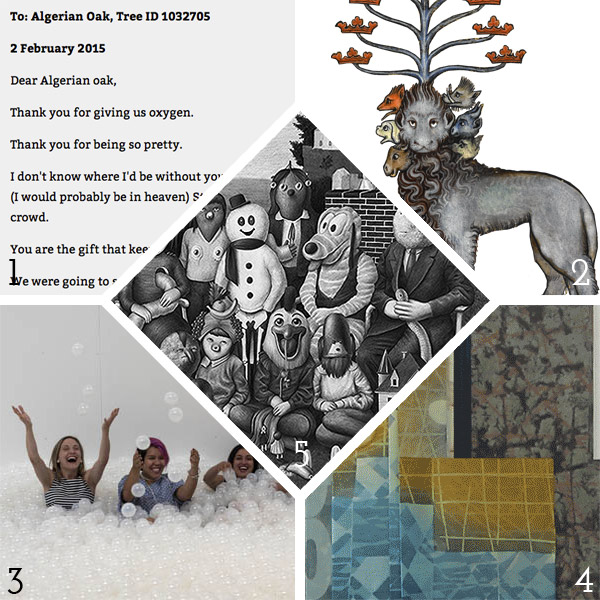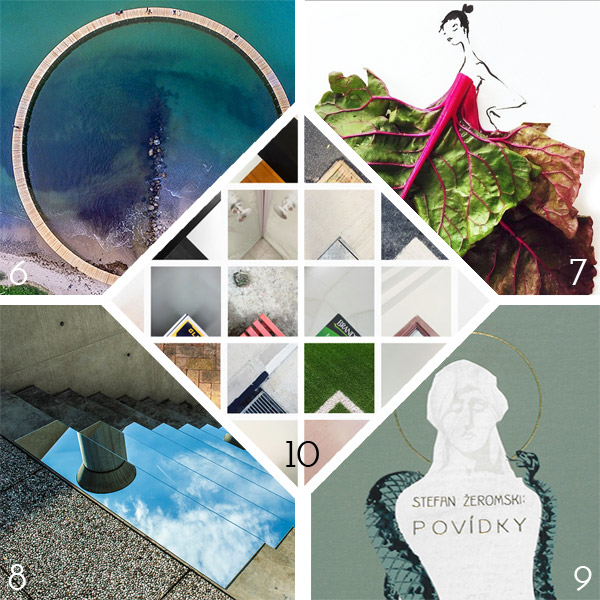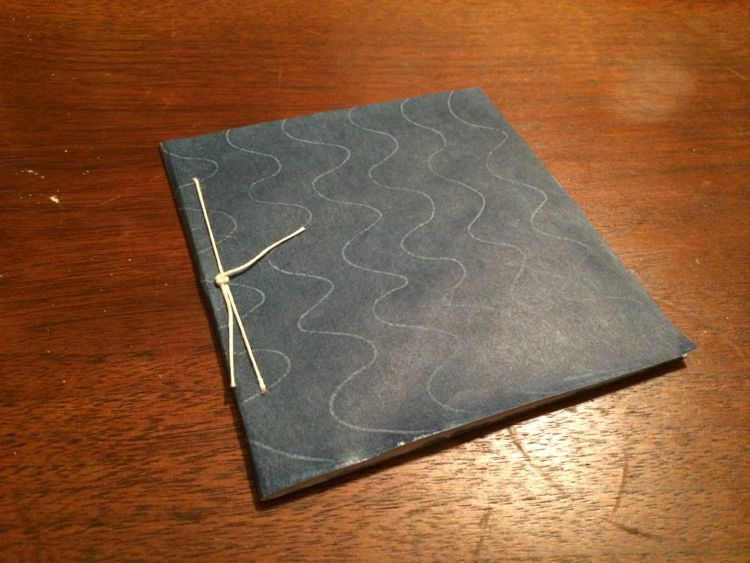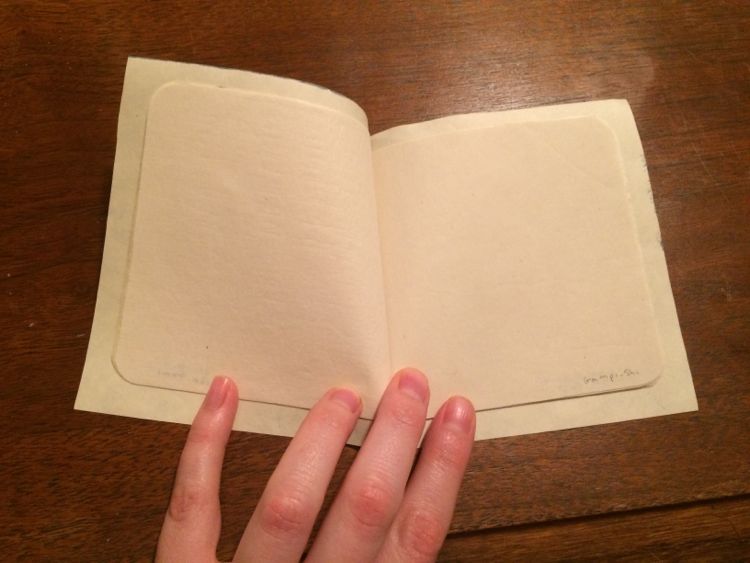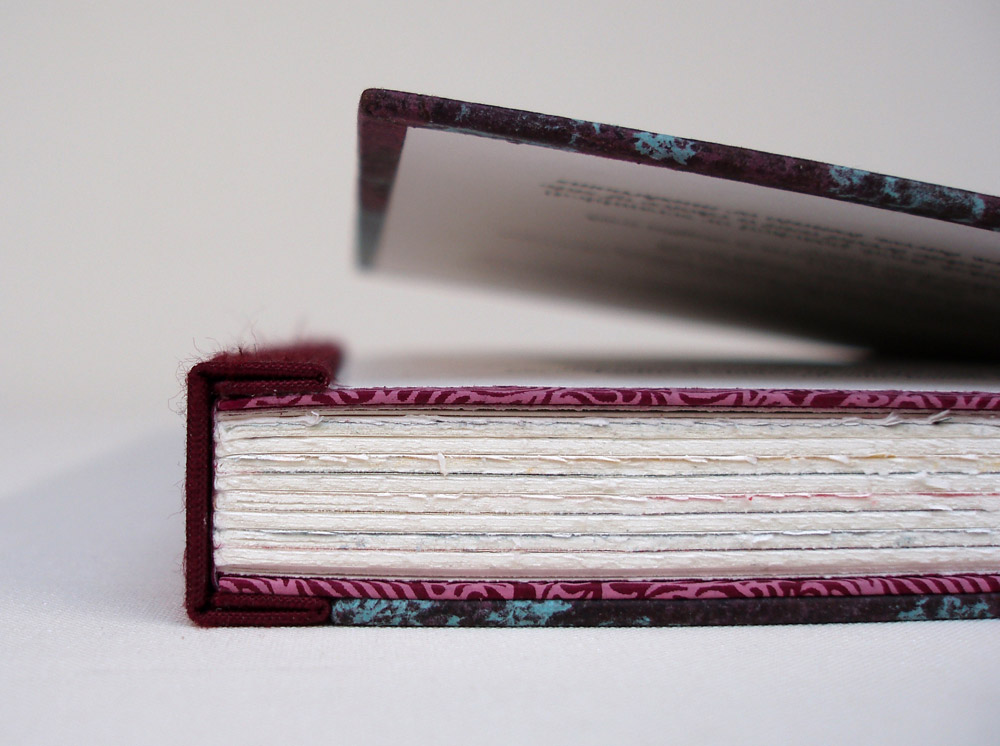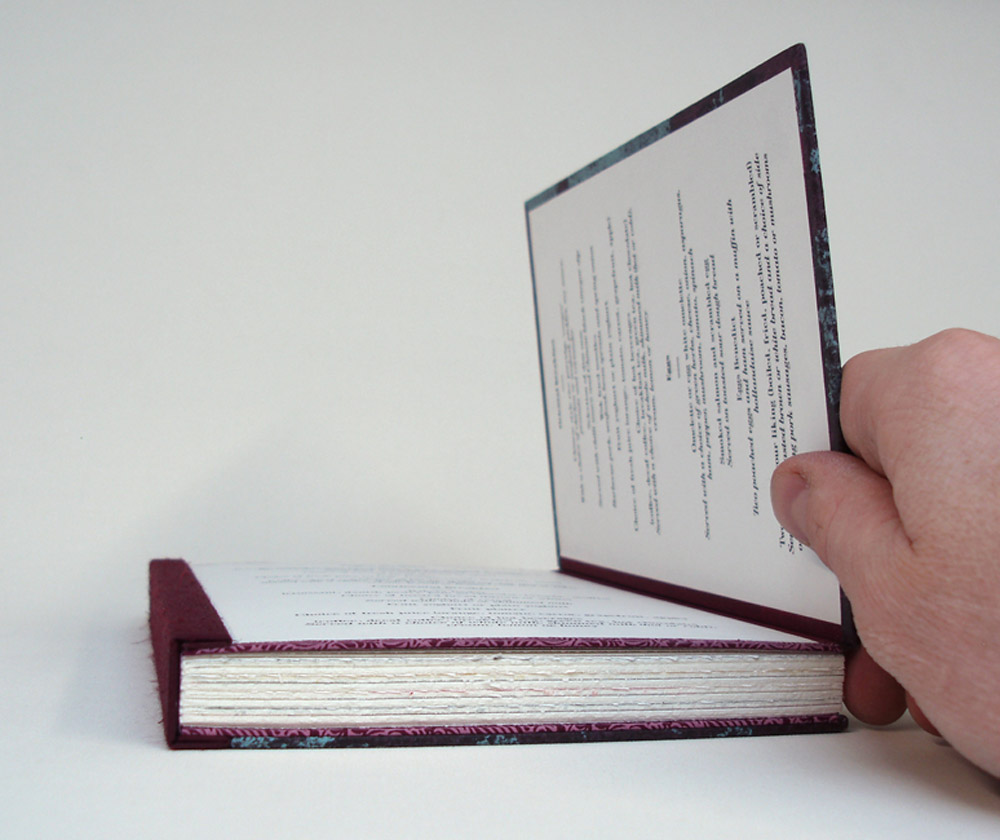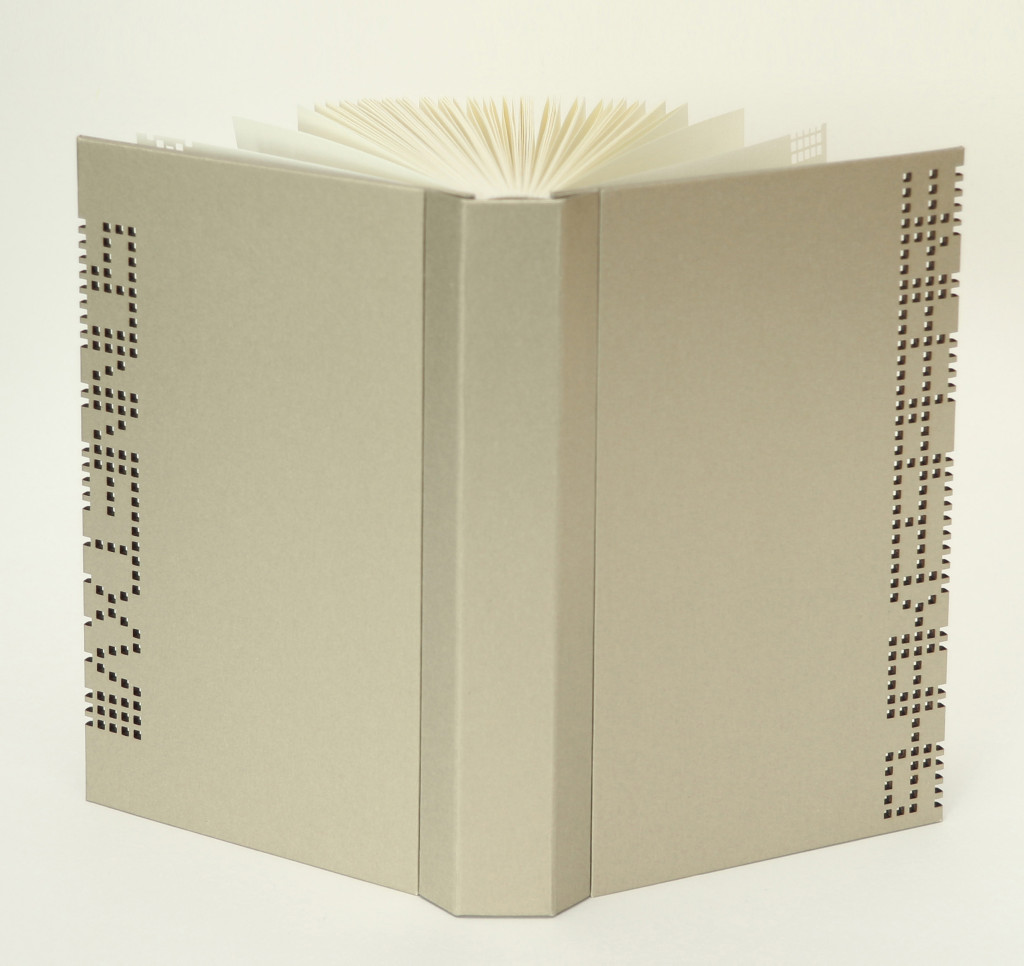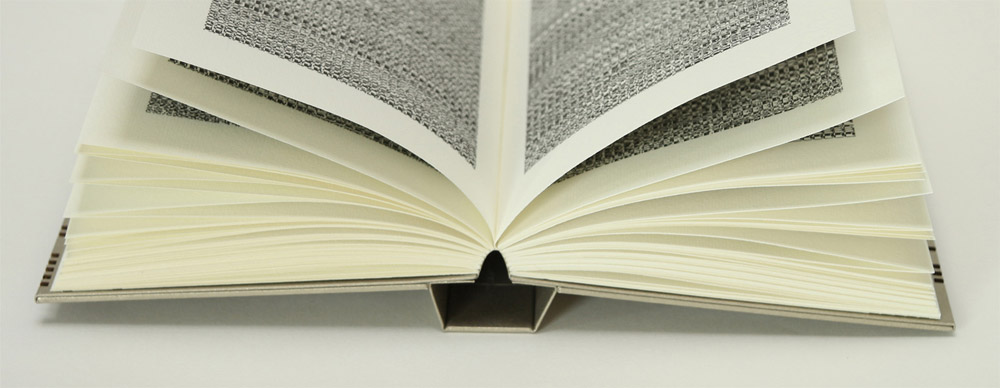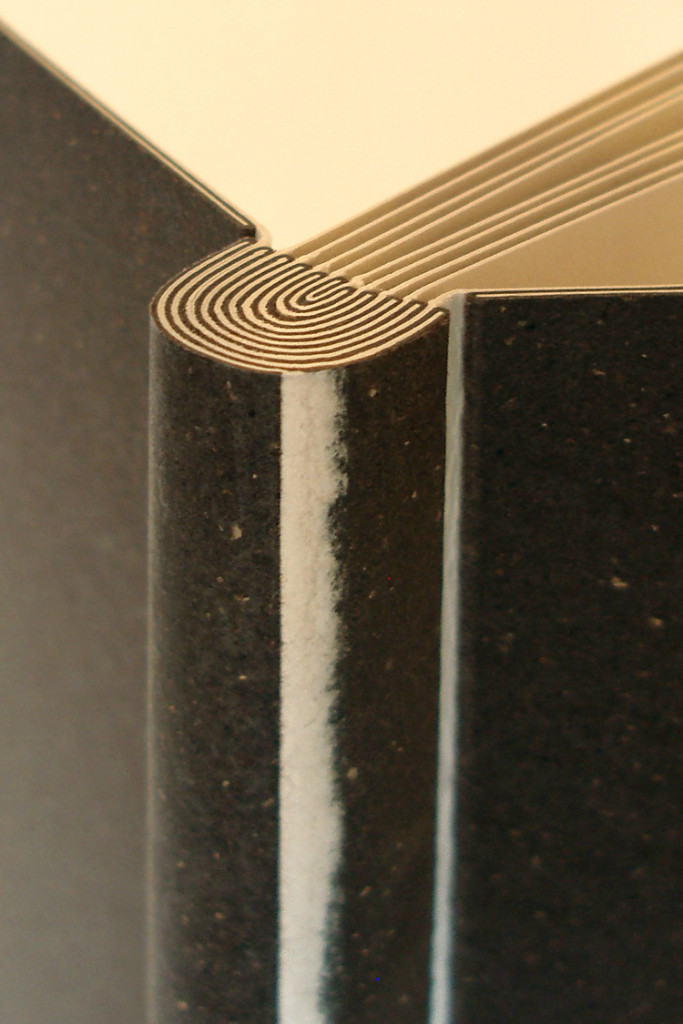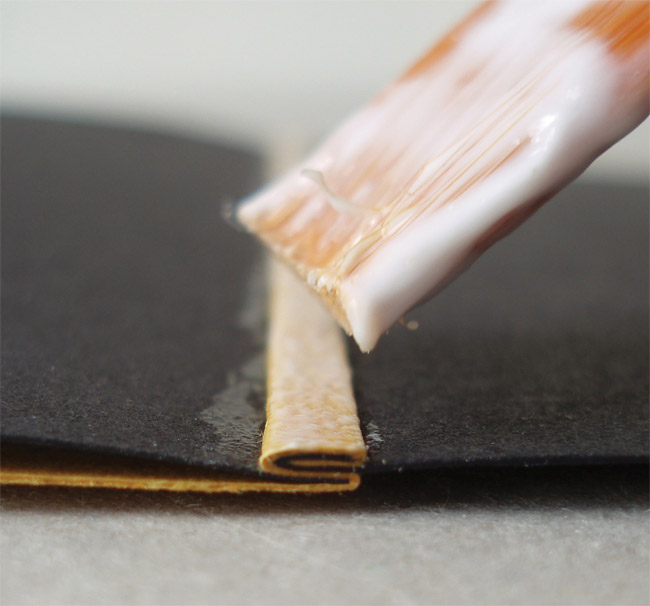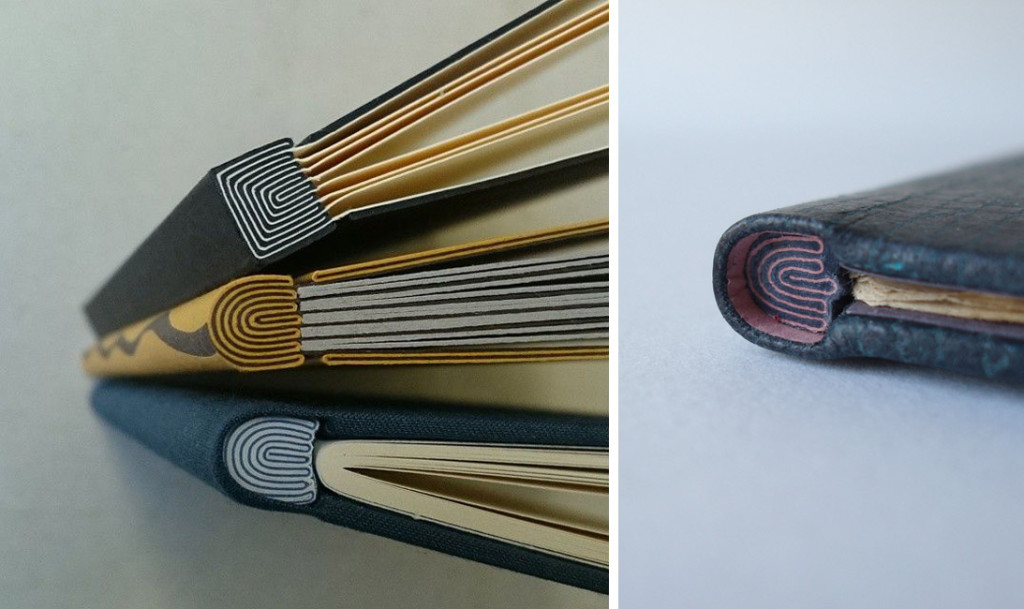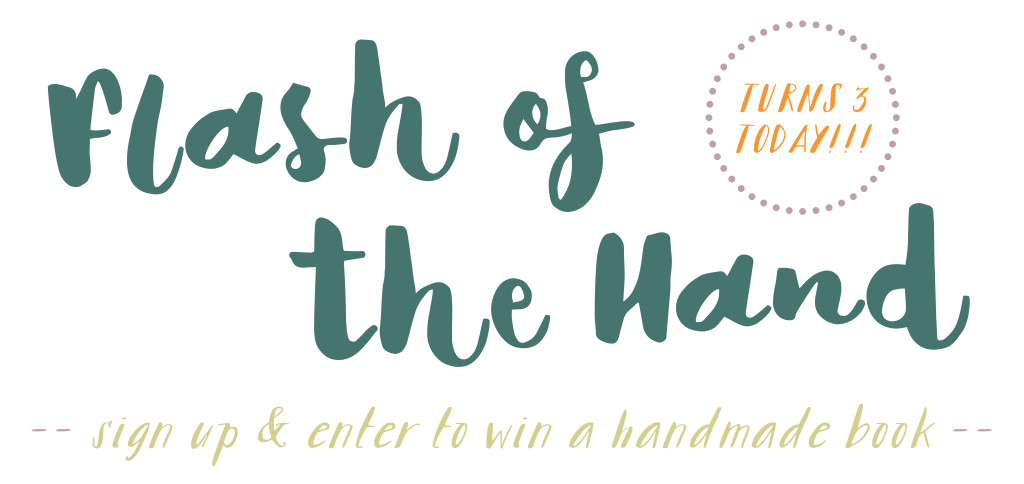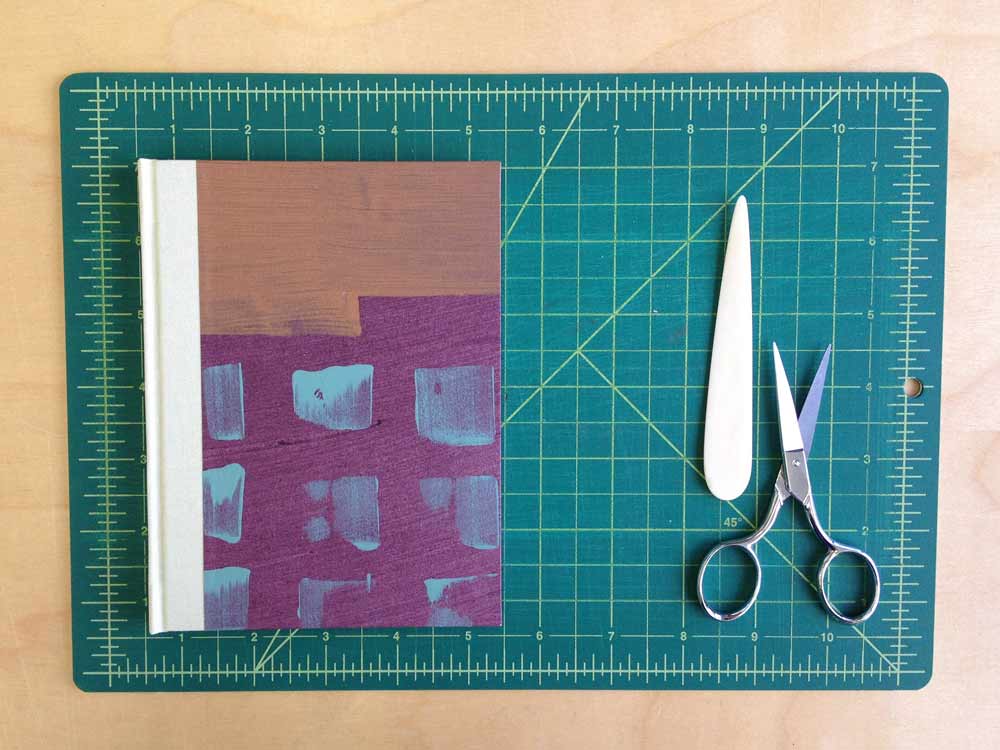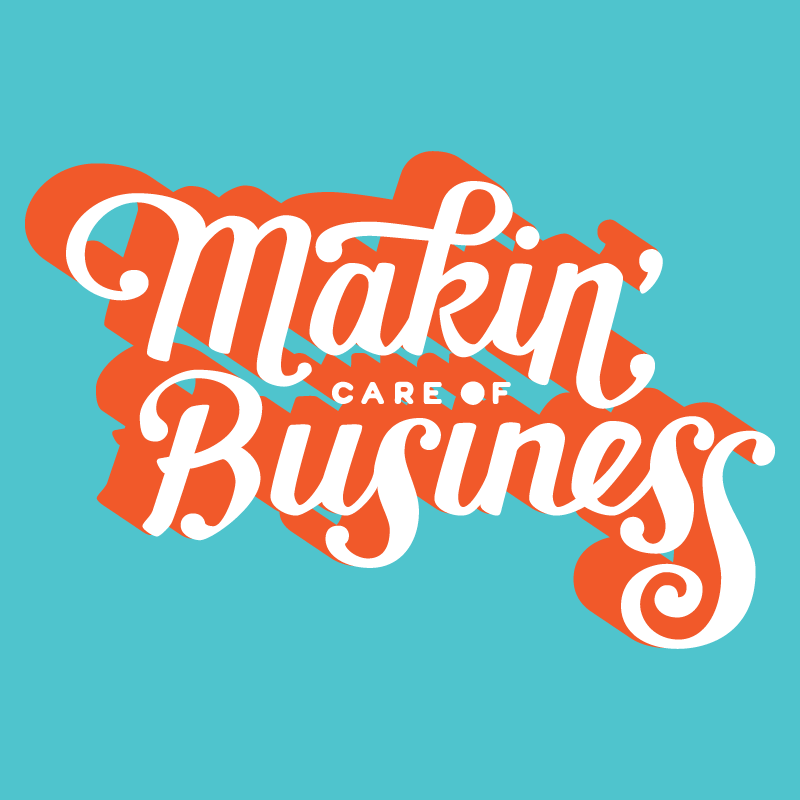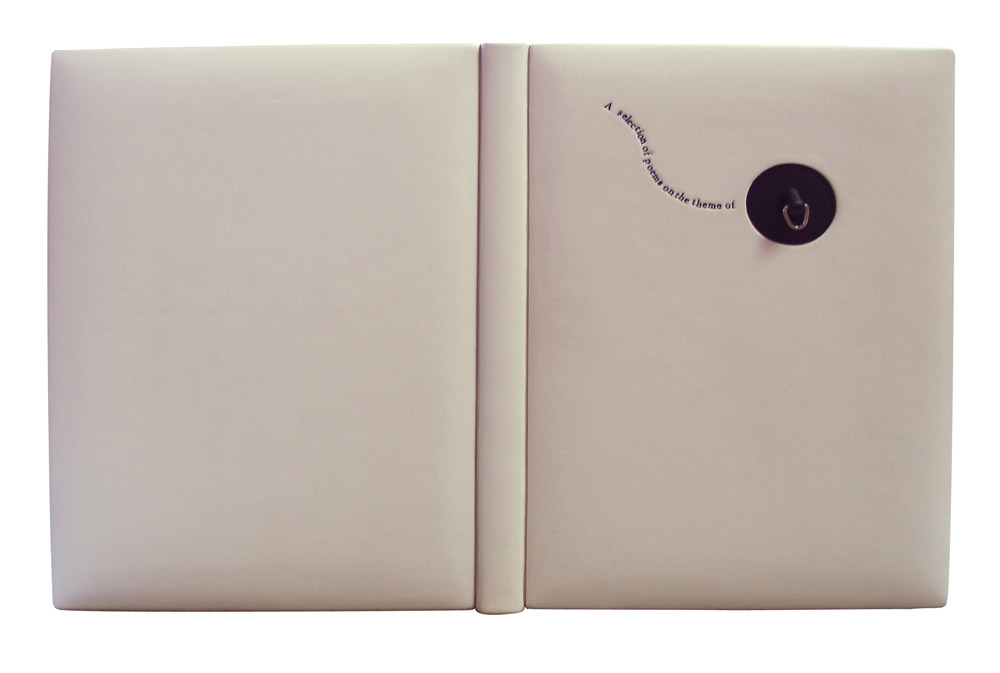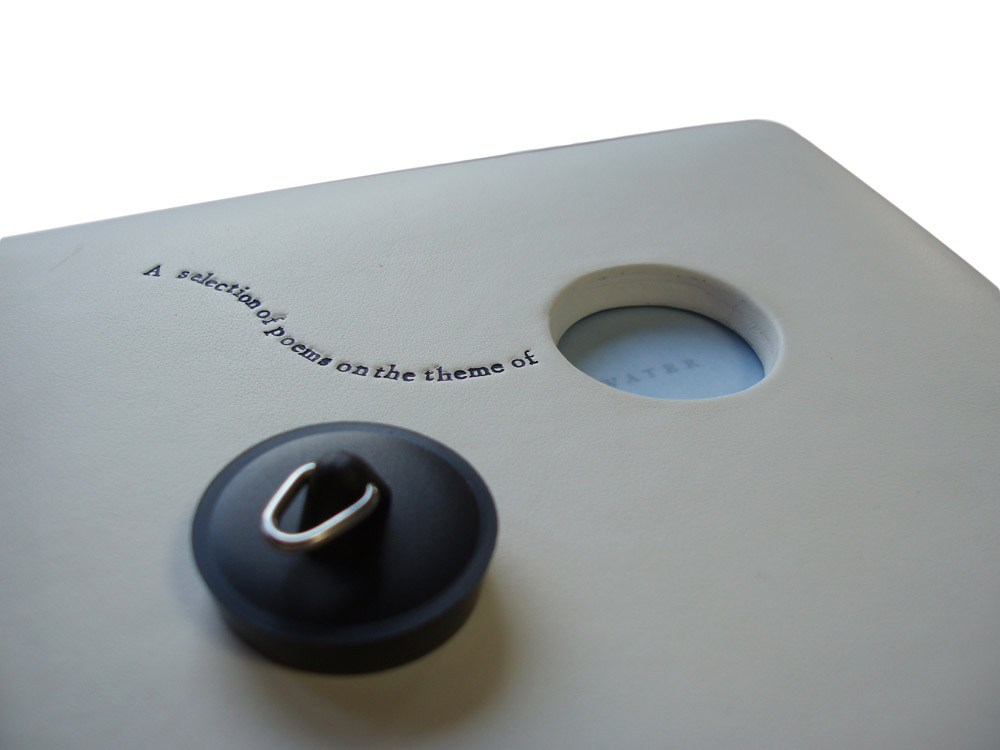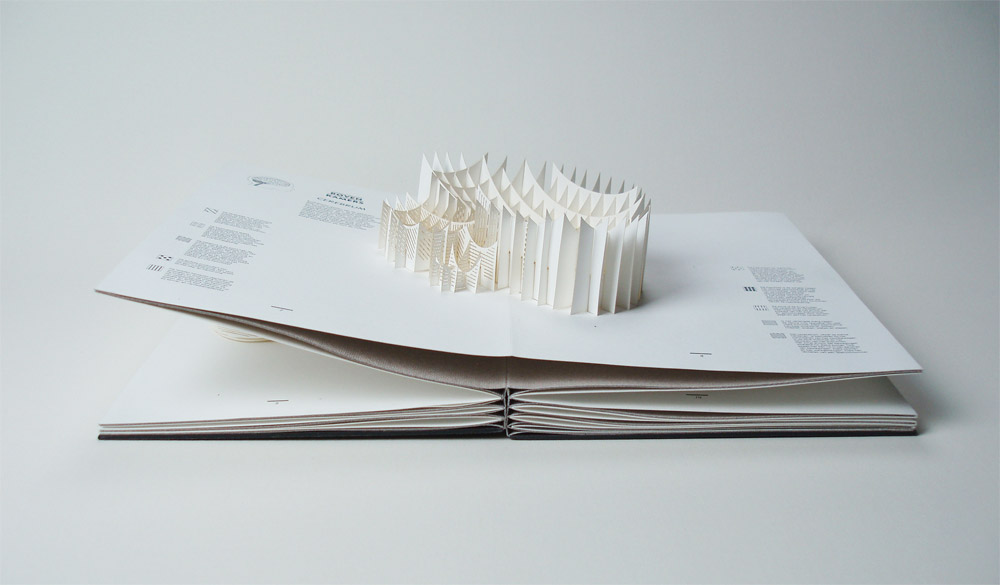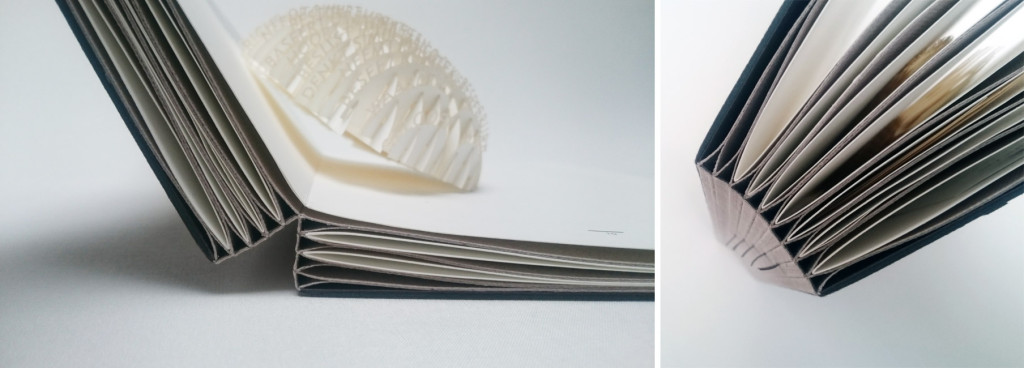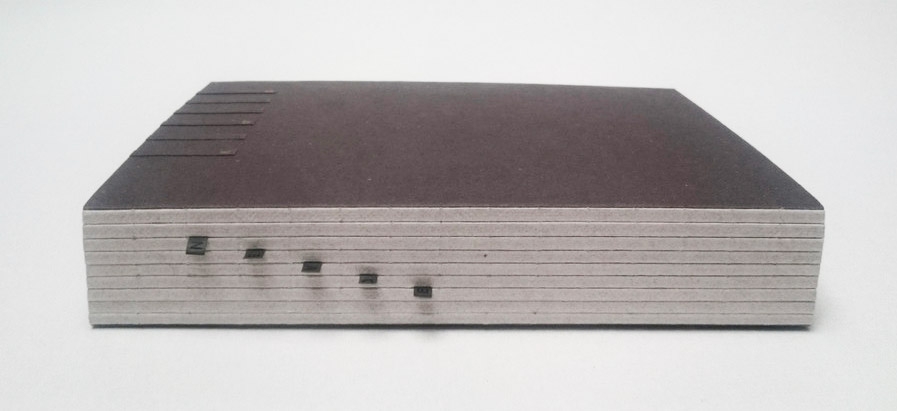1. The city of Melbourne has assigned email addresses to trees, which allow citizens to report any issues. Instead, the city has been receiving letters addressed directly to the trees from passing admirers. Check them out here.
2. The British Library recently published Medieval Monsters, a delightful picture book from medieval historian Damien Kempf and art historian Maria L. Gilbert. The book explores the fantastic, grotesque and exuberant world of monsters found in illuminated manuscripts throughout the Middle Ages. Check out a this delightful post from the two authors on the Ten Things to Know About Medieval Monsters.
3. If you can, make your way to the National Building Museum in Washington DC sometime before September 7th to visit The Beach. Design duo Snarkitecture recently installed a massive wading pool out of 1 million translucent polystyrene balls, basically the largest ball pit ever. At the edge of the wading pool is a carpeted space with deck chairs and beach umbrellas. What a unique and relaxing way to enjoy the summer.
4. The University of Wisconsin – Milwaukee has a great tumblr showcasing treasures from their Special Collections. My favorite column is Book/Not Book which includes animated gifs of artist books from their collection, giving a real sense of the content and how the book functions.
5. The work of French artist, Amandine Urruty, is truly strange. Her eerie drawings are highly detailed scenes and portraits of nostalgic icons, like Jabba the Hut, Cookie Monster, Cabbage Patch dolls and many more. Each piece will keep your focus as your pane through the scene looking for the recognizable characters.
6. As part of the Sculpture By the Sea Festival in Denmark, Gjøde & Povlsgaard Arkitekter installed a breathtaking circular bridge off the Danish Coast.
7. Gretchen Röehrs has been playing with her food in the most haute couture way. Her Instagram is full of creative fashion drawings where the garments are constructed with actual food. Oysters and leafy greens make for gorgeous silhouettes and offering intriguing textures.
8. Iranian artist Shirin Abedinirad created a dual installation of mirrors placed outside in Italy and Iran. Seen above is Heaven on Earth, in which mirrors were installed on the steps at Fabrica, a communication research center in Treviso, Italy. The installation offers a striking juxtaposition between the hard concrete and brilliant blue sky. The second installation, Evocation, includes round mirrors placed on the desert dunes of Iran.
9. The Thomas J. Watson Library at the Met in New York recently acquired a group of Czech Publishers’ bindings which demonstrate the rise of importance of the Czech language and the skill of artists and designers working at the time. The designs range from the early 1900s to about 1930. Quite a striking and little seen collection of Publishers’ bindings, read more about it here.
10. Singapore-based photographer Gabriel Kang has a beautiful Instagram of found triangles. Gabriel crops his images in order to create a triangle with a right angle at the bottom of the frame. Truly beautiful pieces.
